What makes railway excavator ballast plow compatible with 7-15 ton excavators?
Railway maintenance and construction projects require specialized equipment that can effectively handle the unique challenges of working on and around tracks. One such essential tool is the railway excavator ballast plow, a versatile attachment designed to work seamlessly with mid-range excavators. In this comprehensive guide, we'll explore the factors that make these plows compatible with 7-15 ton excavators, ensuring smooth integration and optimal performance in railway environments.

Weight Compatibility: Ensuring Smooth Integration with Excavators
The compatibility of railway excavator ballast plows with 7-15 ton excavators is primarily rooted in weight considerations. These mid-range excavators provide an ideal balance of power, stability, and maneuverability, making them well-suited for railway maintenance tasks. The weight range of 7-15 tons allows for sufficient force to be applied during ballast plowing operations while maintaining the agility required to navigate the often confined spaces of railway environments.
Manufacturers of railway excavator ballast plows design their attachments with this weight range in mind, ensuring that the plow's dimensions and structural integrity are optimized for these machines. The plow's weight is carefully calculated to complement the excavator's lifting capacity, allowing for efficient operation without compromising the excavator's stability or performance.
Moreover, the hydraulic systems of 7-15 ton excavators are typically well-matched to the power requirements of ballast plows. This compatibility ensures that the plow can operate at its full potential, providing the necessary force for effective ballast shaping and clearing without overstraining the excavator's hydraulic capabilities.
How Does the Ballast Plow Achieve Seamless Attachment and Operation?
The seamless attachment and operation of railway excavator ballast plows with 7-15 ton excavators are achieved through several key design features and considerations:
Universal Mounting System: Most railway excavator ballast plows are equipped with a universal mounting system that allows for easy attachment to a wide range of excavator models within the 7-15 ton category. This system typically includes standardized mounting plates and pin configurations that ensure a secure and stable connection between the plow and the excavator's arm or quick coupler.
Hydraulic Quick Couplers: To facilitate rapid attachment and detachment, many ballast plows feature hydraulic quick couplers. These systems allow operators to switch between different attachments quickly and easily, minimizing downtime and maximizing productivity on job sites where multiple tasks may be required.
Integrated Hydraulic Systems: The hydraulic systems of railway excavator ballast plows are designed to integrate seamlessly with the host excavator's hydraulic circuits. This integration ensures smooth and responsive control of the plow's movements, including rotation, angling, and height adjustments. The hydraulic requirements of the plow are carefully matched to the typical output of 7-15 ton excavators, preventing overload and ensuring optimal performance.
Balanced Design: The overall design of the ballast plow takes into account the center of gravity and weight distribution of 7-15 ton excavators. This balanced approach ensures that the attachment does not negatively impact the excavator's stability or maneuverability, even when working at full extension or on uneven terrain commonly found in railway environments.
Adaptive Control Systems: Some advanced railway excavator ballast plows incorporate adaptive control systems that can automatically adjust to the specific characteristics of the host excavator. These systems may include sensors and onboard computers that optimize the plow's performance based on the excavator's hydraulic pressure, flow rates, and other operational parameters.
Design Considerations for Optimal Performance with Mid-Range Excavators
The design of railway excavator ballast plows for compatibility with 7-15 ton excavators involves careful consideration of several key factors to ensure optimal performance:
Material Selection: High-strength alloy plates are commonly used in the construction of ballast plows to provide durability and wear resistance while maintaining a weight that is manageable for mid-range excavators. The use of advanced materials allows for a robust design that can withstand the harsh conditions of railway environments without overburdening the excavator.
Blade Geometry: The shape and angle of the plow blade are optimized for efficient ballast movement and shaping. The blade design takes into account the typical reach and power of 7-15 ton excavators, ensuring that the plow can effectively clear and distribute ballast without requiring excessive force or causing undue stress on the excavator's arm and hydraulic system.
Adjustable Working Angle: To accommodate various track conditions and ballast profiles, railway excavator ballast plows often feature adjustable working angles. This flexibility allows operators to fine-tune the plow's performance to suit specific requirements while working within the operational limits of mid-range excavators.
360-Degree Rotation: The ability to rotate the plow through a full 360 degrees enhances its versatility and compatibility with 7-15 ton excavators. This feature allows for precise positioning and maneuvering in tight spaces, making the most of the excavator's mobility without requiring frequent repositioning of the entire machine.
Hydraulic Control Optimization: The hydraulic control systems of ballast plows are designed to provide smooth and precise operation when paired with mid-range excavators. This optimization includes careful sizing of hydraulic cylinders, valves, and hoses to match the flow rates and pressures typically available on 7-15 ton machines.
Weight Distribution: The overall weight of the ballast plow and its distribution across the attachment point are carefully engineered to maintain the excavator's stability and lifting capacity. This consideration is crucial for ensuring safe and efficient operation, particularly when working on uneven or sloped terrain often encountered in railway environments.
Compact Design: While railway excavator ballast plows need to be robust and effective, they are also designed with compactness in mind. The dimensions of the plow, including its maximum width of 2814 mm and height of 1096 mm, are optimized to work efficiently with the boom and arm configurations of 7-15 ton excavators without impeding visibility or maneuverability.
Wear-Resistant Components: High-wear areas of the ballast plow, such as cutting edges and side plates, are often constructed with replaceable, wear-resistant components. This design consideration extends the service life of the attachment and reduces maintenance downtime, aligning with the operational demands of mid-range excavators in railway maintenance fleets.
Customization Options: Many manufacturers offer customization options for their railway excavator ballast plows to ensure optimal compatibility with specific excavator models within the 7-15 ton range. These options may include adjustable mounting brackets, interchangeable hydraulic fittings, or modified blade profiles to suit particular track maintenance requirements or regional variations in ballast composition.
China Railway Excavator Ballast Plow
Railway excavator ballast plow is designed to work seamlessly with 7-15 ton excavators, making it an indispensable asset for railway maintenance and construction projects. Its primary function is to clear and shape ballast between the track and alongside the rails, ensuring optimal track conditions for safe and smooth train operations.
The plow boasts an impressive maximum width of 2814 mm and a maximum height of 1096 mm, allowing it to cover a large area with each pass. The working angle is fully adjustable, enabling operators to fine-tune the plow's performance to suit specific track conditions and requirements. With a full 360° rotation angle, the plow offers unparalleled maneuverability, making it easy to navigate around obstacles and work in tight spaces.
Constructed from high-strength alloy plate, this plow is built to withstand the rigors of heavy-duty use in harsh railway environments. Its robust design ensures long-lasting durability and reliability, minimizing downtime and maintenance costs. The hydraulic control operation mode provides precise and effortless control, allowing operators to focus on achieving optimal results. If you are choosing your railway excavator ballast plow manufacturer, please feel free to reach out to Tiannuo Machinery's manager at arm@stnd-machinery.com and the team at rich@stnd-machinery.com and tn@stnd-machinery.com.
References:
- Railway Track Engineering by J.S. Mundrey (2017)
- Handbook of Railway Vehicle Dynamics by Simon Iwnicki (2006)
- Track Geotechnology and Substructure Management by Ernest T. Selig and John M. Waters (1994)
- Railway Maintenance Equipment by Clifford F. Bonnett (2005)
- Modern Railway Track by Coenraad Esveld (2001)
YOU MAY LIKE
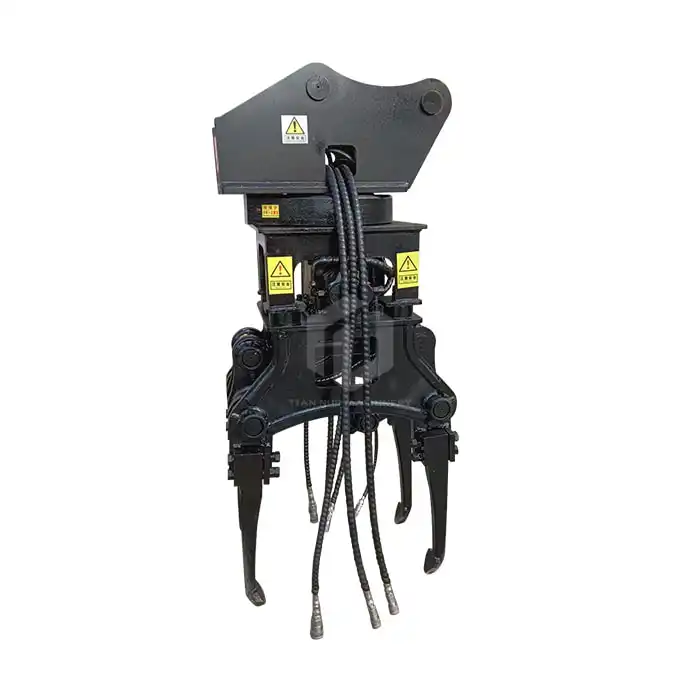 VIEW MOREHigh-vibration hydraulic ballast tamping machine
VIEW MOREHigh-vibration hydraulic ballast tamping machine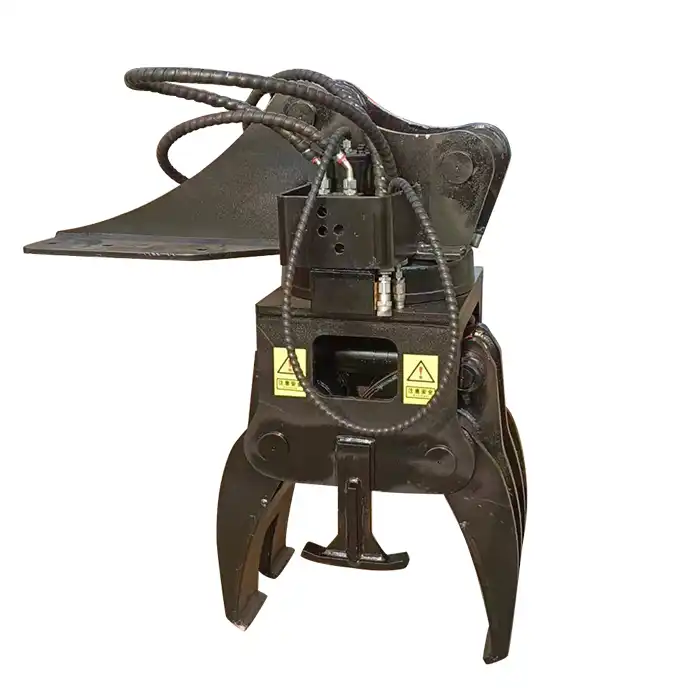 VIEW MOREExcavator Sleeper Clamp
VIEW MOREExcavator Sleeper Clamp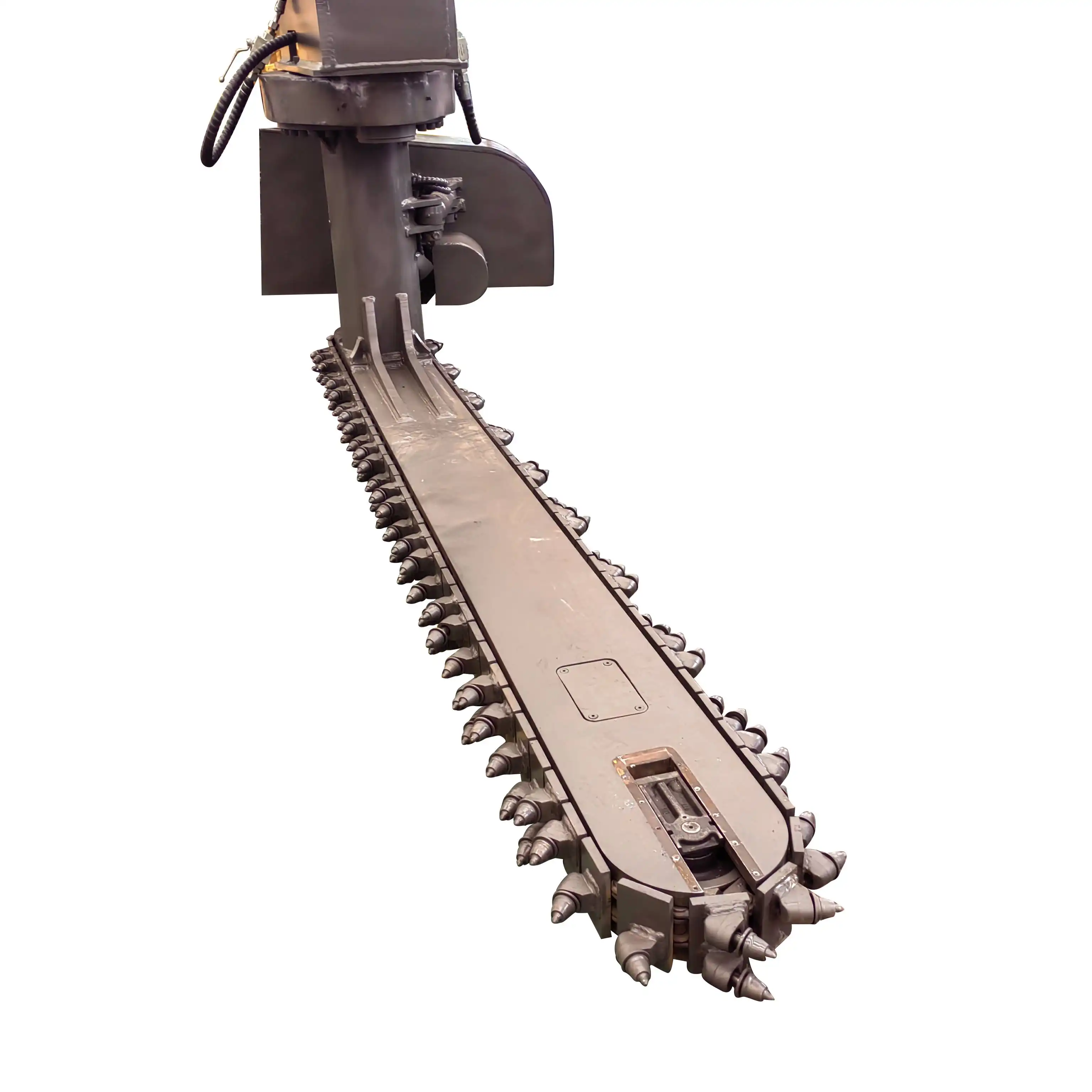 VIEW MORERail-Road Ballast Undercutter Excavator
VIEW MORERail-Road Ballast Undercutter Excavator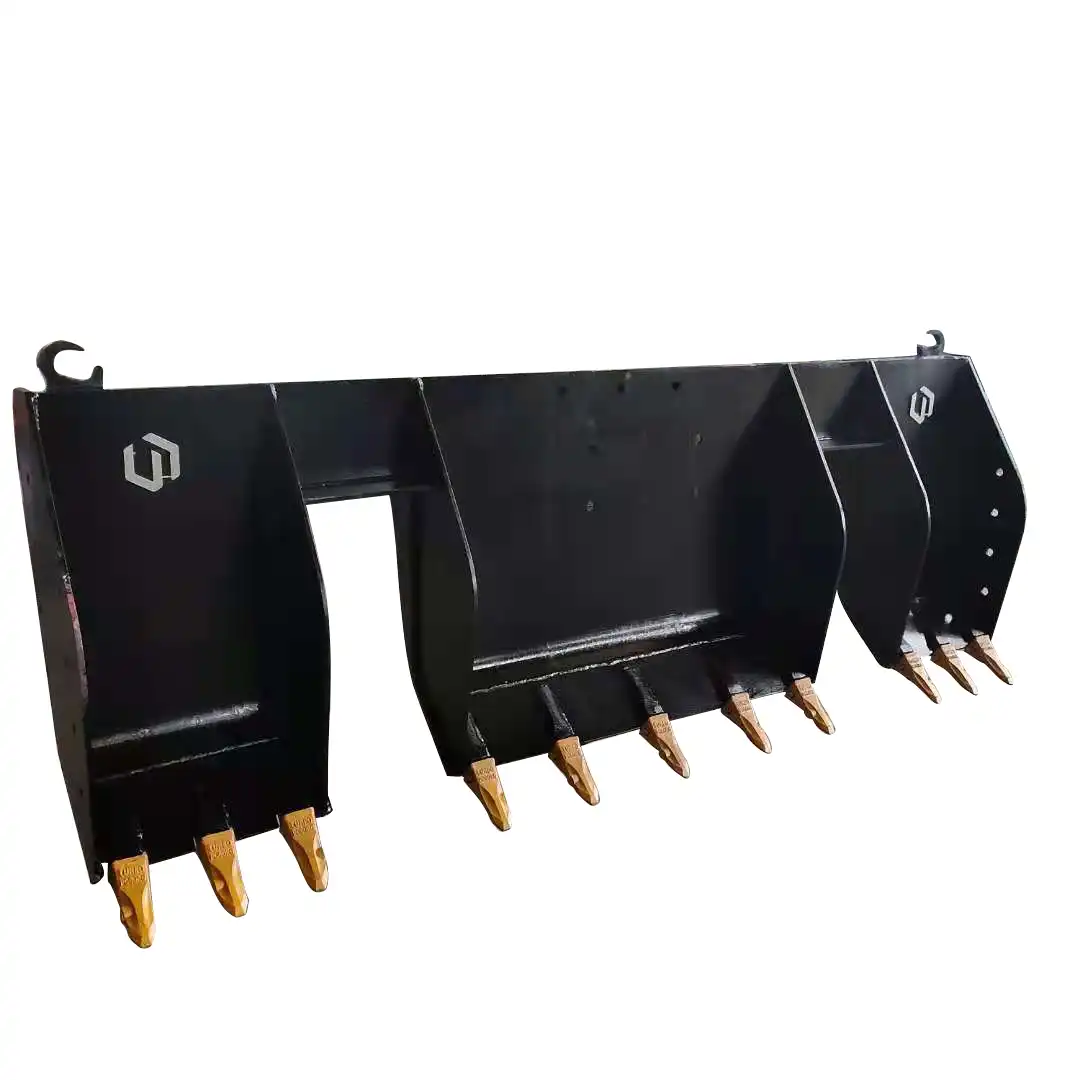 VIEW MORERailway dustpan excavator bucket
VIEW MORERailway dustpan excavator bucket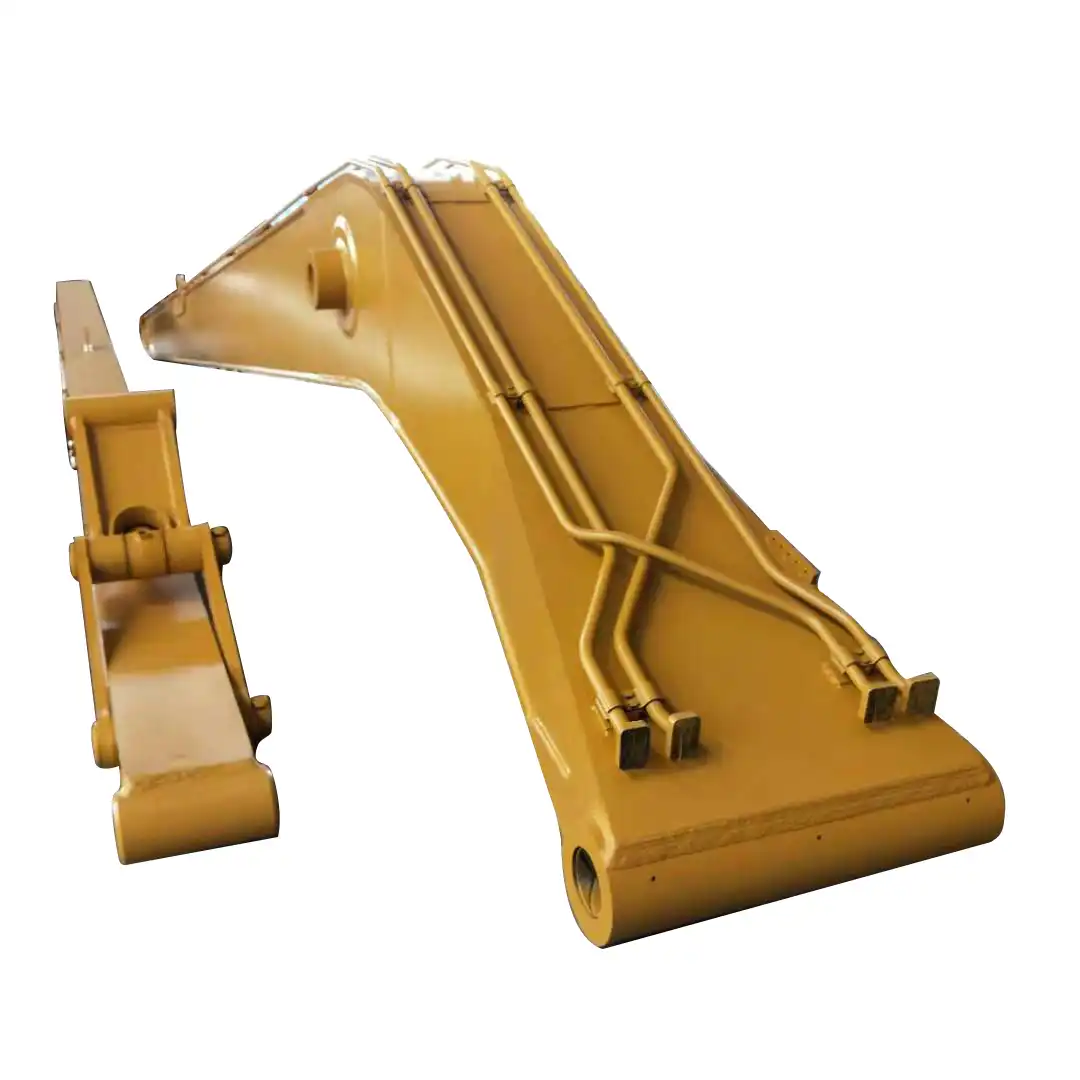 VIEW MORELong arm excavator for sale
VIEW MORELong arm excavator for sale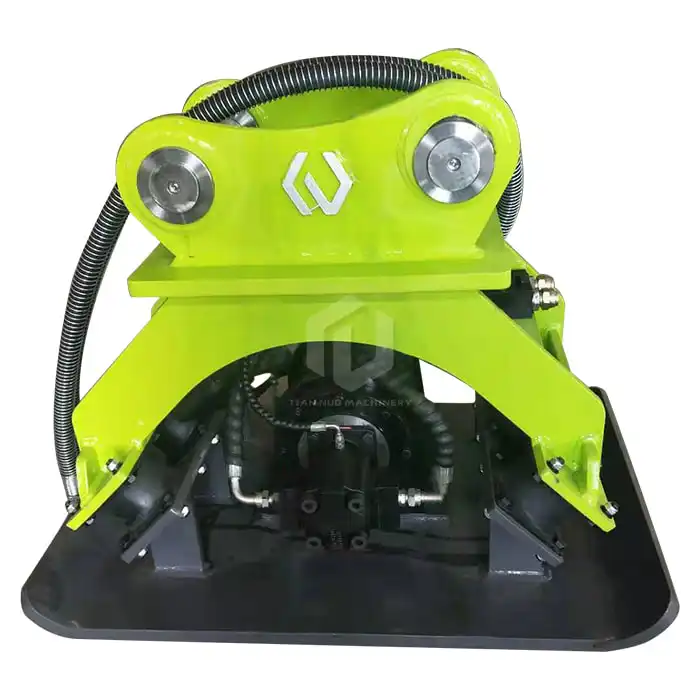 VIEW MOREExcavator Vibratory Compactor
VIEW MOREExcavator Vibratory Compactor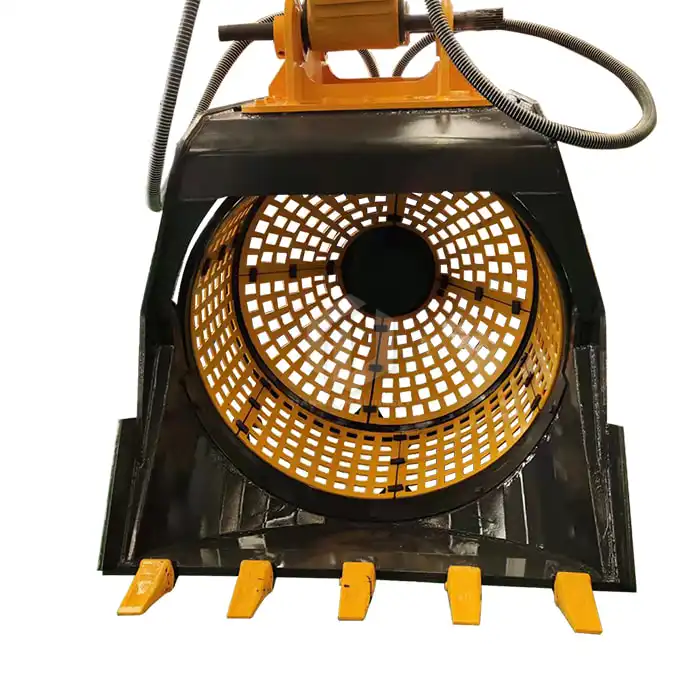 VIEW MOREExcavator Rotary Screening Bucket
VIEW MOREExcavator Rotary Screening Bucket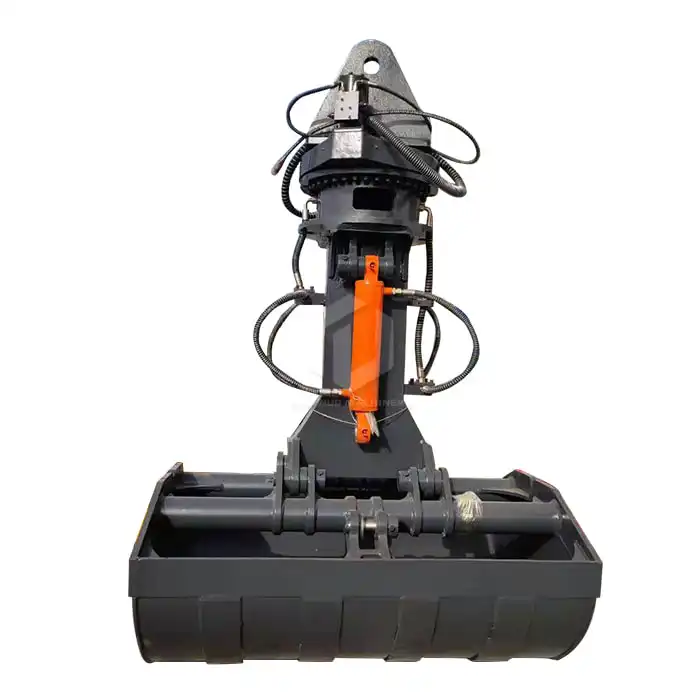 VIEW MOREClamshell Bucket
VIEW MOREClamshell Bucket

